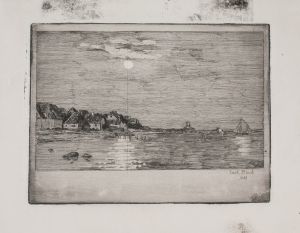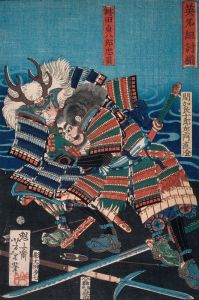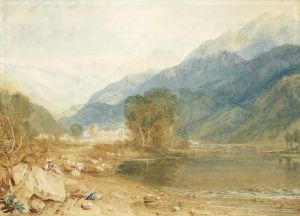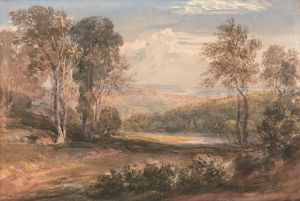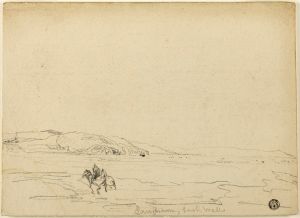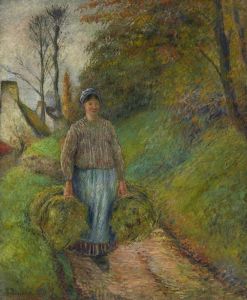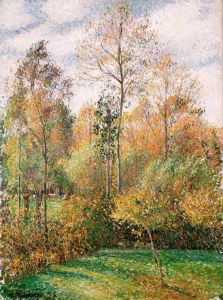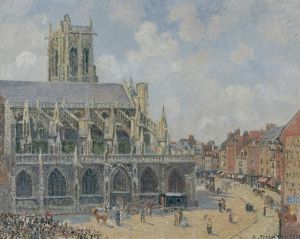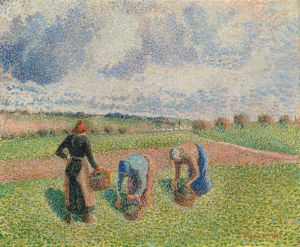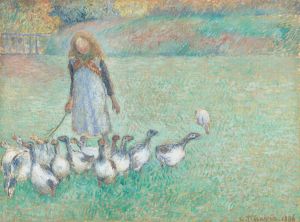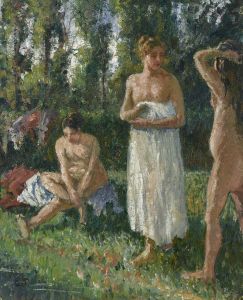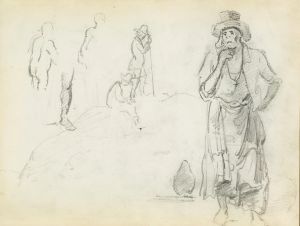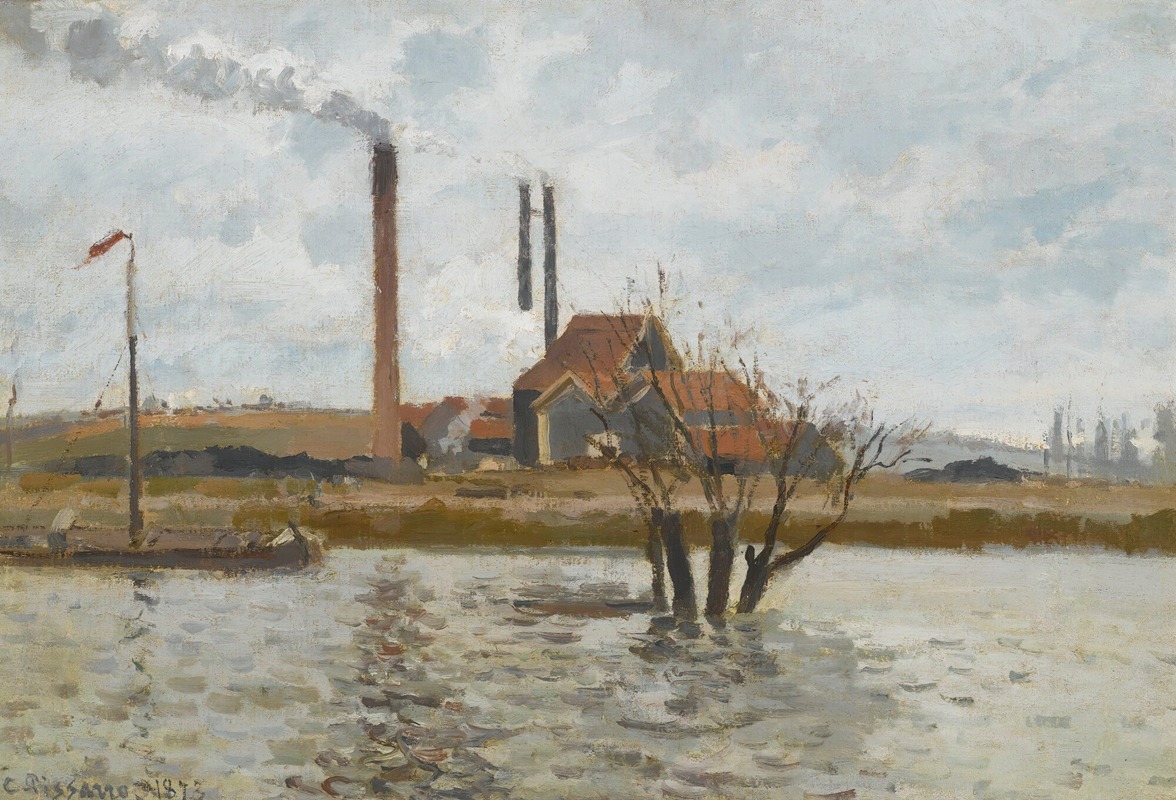
Usine À Saint-Ouen-L’aumône, La Crue De L’oise
A hand-painted replica of Camille Pissarro’s masterpiece Usine À Saint-Ouen-L’aumône, La Crue De L’oise, meticulously crafted by professional artists to capture the true essence of the original. Each piece is created with museum-quality canvas and rare mineral pigments, carefully painted by experienced artists with delicate brushstrokes and rich, layered colors to perfectly recreate the texture of the original artwork. Unlike machine-printed reproductions, this hand-painted version brings the painting to life, infused with the artist’s emotions and skill in every stroke. Whether for personal collection or home decoration, it instantly elevates the artistic atmosphere of any space.
Camille Pissarro, a pivotal figure in the Impressionist movement, painted "Usine À Saint-Ouen-L’aumône, La Crue De L’oise" in 1873. This artwork is a testament to Pissarro's dedication to capturing the nuances of rural and semi-industrial landscapes, a theme that he explored extensively throughout his career. The painting depicts a factory in Saint-Ouen-l'Aumône, a commune in the northwestern suburbs of Paris, during a flood of the Oise River. This setting is significant as it reflects Pissarro's interest in the interplay between nature and industrialization, a common subject in his body of work.
Pissarro was known for his ability to convey the atmosphere and light of a scene, and this painting is no exception. The composition captures the muted tones and overcast sky typical of a flood scene, with water encroaching upon the land and structures. The factory, a symbol of industrial progress, stands resilient amidst the rising waters, highlighting the tension between human advancement and nature's unpredictable forces. This juxtaposition is a recurring theme in Pissarro's work, as he often depicted the encroachment of industrialization on rural life.
The painting is executed in Pissarro's characteristic Impressionist style, with loose brushwork and an emphasis on capturing the fleeting effects of light and weather. The use of color is subtle yet effective, with a palette dominated by grays and browns that evoke the somber mood of the flood. Pissarro's technique allows the viewer to sense the dampness in the air and the weight of the overcast sky, drawing them into the scene.
Pissarro's choice of subject matter and his approach to painting were influenced by his political beliefs. As an anarchist, he was deeply concerned with the social changes brought about by industrialization and often focused on the lives of ordinary people and the landscapes they inhabited. By choosing to depict a factory during a flood, Pissarro may have been commenting on the vulnerability of human endeavors in the face of nature's power.
"Usine À Saint-Ouen-L’aumône, La Crue De L’oise" is part of Pissarro's broader exploration of the French countryside and its transformation during the late 19th century. His works from this period often feature scenes of rural life, agricultural labor, and the encroachment of modernity, reflecting the societal shifts occurring in France at the time. Pissarro's paintings provide valuable insights into the changing landscape and the impact of industrialization on traditional ways of life.
Today, Camille Pissarro is celebrated as one of the founding figures of Impressionism, and his works are held in high esteem for their innovative approach to capturing light and atmosphere. "Usine À Saint-Ouen-L’aumône, La Crue De L’oise" exemplifies his skill in portraying the subtle interplay between natural and man-made environments, making it a significant piece within his oeuvre. The painting continues to be studied and appreciated for its artistic and historical value, offering a glimpse into the challenges and changes of the era in which it was created.





